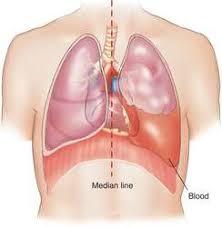Assessment
Look, Listen and Feel for:
- Increased work of breathing
- Abnormal chest wall movement
- Tracheal shift
- Sucking chest wound
- Cyanosis
- Abrasion or bruising
- Look for circumferential burns to chest or abdomen
- Absent / Decreased breath sounds
- Dull sounds or hyper-resonance on percussion
- Crepitus
Management
Nasal prongs
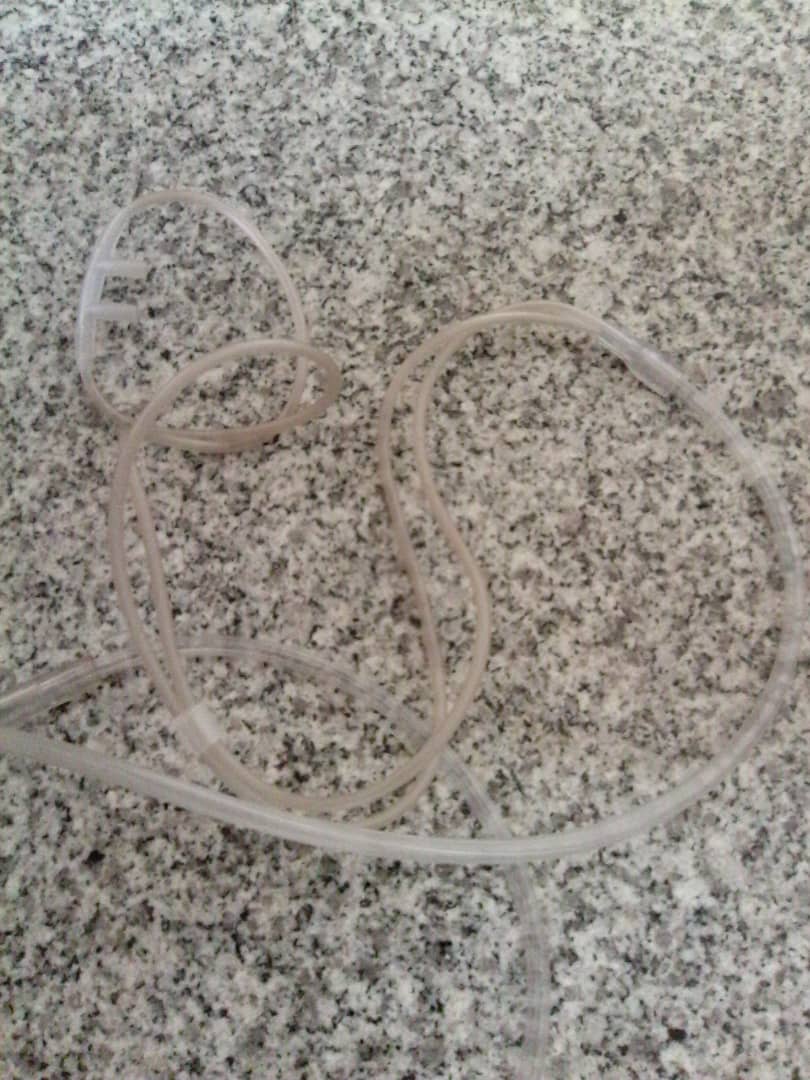
Simple oxygen facemask
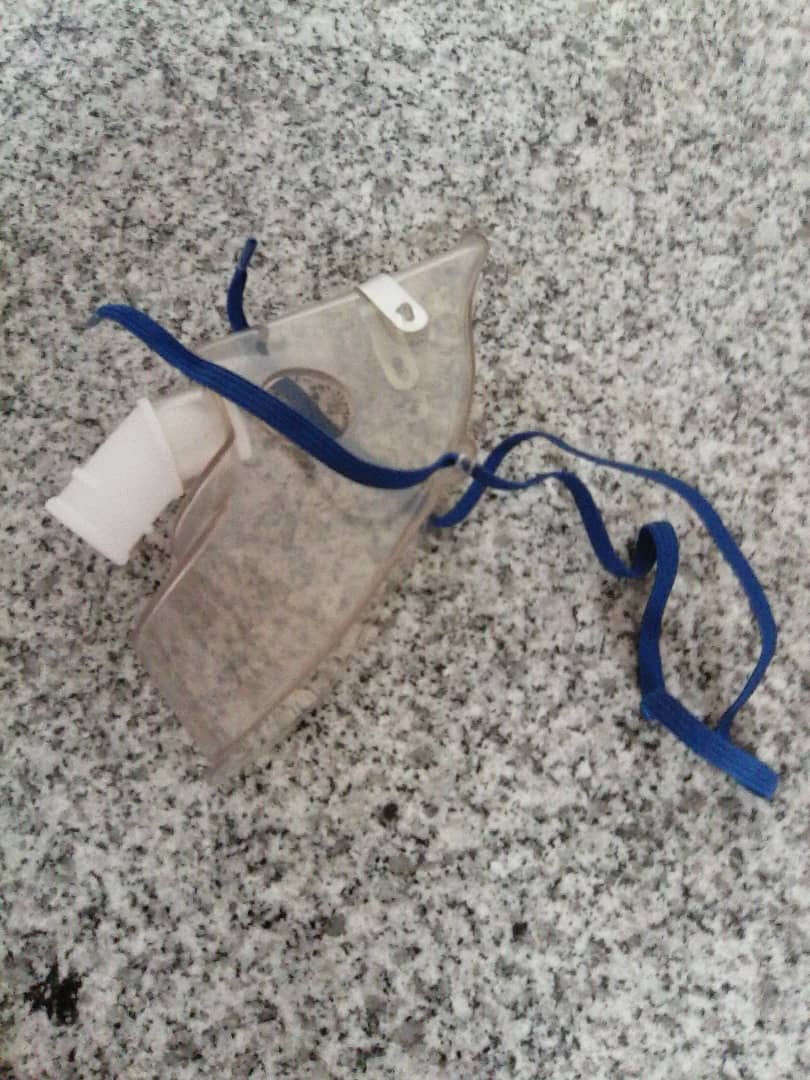
Non rebreather oxygen facemask

- Do needle decompression with oxygen administration and IV fluids for a tension pneumothorax

- Apply Three-sided dressing for sucking chest wound
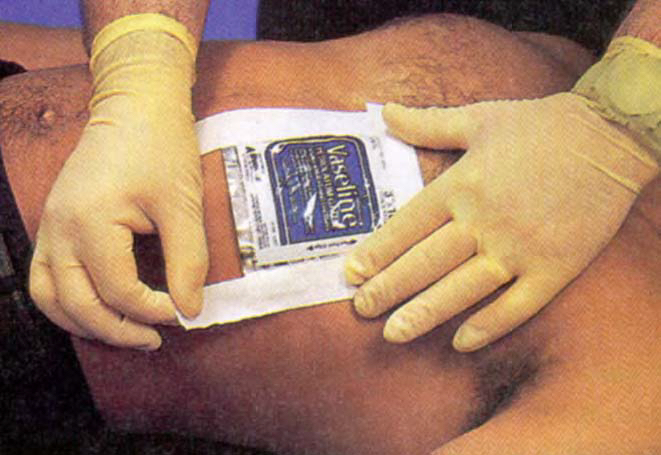
- Assist breathing with bag-valve-mask ventilation if patient breathing slower than normal with poor oxygen saturation

Examples of Conditions:
1. Tension Pneumothorax
Signs
- Hypotension with;
- Difficulty in breathing
- Absent breath sounds on the affected side
- Hyper-resonance on percussion on the affected side
- Distended neck veins
- May have tracheal shift away from affected side
Management: As indicated above
2. Sucking Chest Wound
Signs:
- Abnormal passageway of air on the chest wall created as a result of traumatic injury
- Difficult in breathing
- Chest pain
Management: As indicated above
insert image of 3-sided dressing
3. Flail Chest
Signs:
- Difficulty in breathing
- Chest pain
- Chest wall moving in the opposite direction of the rest of the chest when breathing
Management: Oxygen, pain management and BVM if rate not adequate
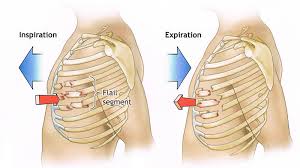
4. Haemothorax
Signs and symptoms
- Difficulty in breathing
- Decreased breath sounds on affected side
- Dull sounds on percussion on affected side
- May be in shock
Management: oxygen, IV fluids, early transfer for chest tube insertion
